Skype: neodalle-travel
Tel: +86 135 7447 2266
E-mail: sales@visitaroundchina.com

Private gardens were attached to residence. Because the idea for constructing gardens and the fact that many well-known private gardens passed on for generations were built by scholars, such private gardens were also called scholar’s gardens.
The scholar’s gardens originated from the ancient hermit ideology. In the Western and Eastern Jin Dynasties from the 3rd to the 5th Centuries A.D., a number of scholars and noted noblemen moved their homes to scenic areas to evade cruel political struggles.
As a result, many large beautiful manors came into existence, in which the owners lived a self-sufficient life. Meanwhile, small gardens simulating natural scenery began to be built by the intellectuals and bureaucrats.
From the “6 Dynasties” to the Sui and Tang Dynasties, the declining old scholars and officials were pushed aside by new scholars who entered high social positions by passing royal examinations. Those new scholars began to build their own manors in the countryside or to build gardens in their urban homes.
The most well-known gardens were the Wangchuan Villa built by Wang Wei, the Pingquan Manor built by Li Deyu, the Sikong Manor built by Sima Tu, the Luye Cottage built by Pei Du and the Lushan Cottage built by Bai Juyi.
In the Tang Dynasty, the scholars began to blend poetic and artistic themes with the gardens. Entering the Song Dynasty, scholars’ ideology pursuing the hermits’ life changed and land shortage in the urban areas was experienced.
As a result, the scholar’s gardens could only be built on smaller pieces of land. This promoted the technology to condense large natural scenes into landscape in miniature gardens. The scholar’s gardens of the Song Dynasty could be represented by the Dule Garden and Fubi Garden.
In the Southern Song Dynasty, numerous scholars flocked into the prefectural capital of Lin’an, and private gardens owned by noted officials and noblemen were constructed all around the West Lake. Perfectly fitting the natural scenes of the Lake, those gardens were extremely elegant and beautiful.
Although few scholars’ gardens were built in the Jin and Yuan Dynasties, gardens constructed by the scholars and noted officials again flourished in Beijing, Jiangsu and Zhejiang areas during the Ming and Qing Dynasties.
In areas to the south of the Yangzi River, scholar’s gardens were mostly built in Jiangsu and Zhejiang provinces and the best examples were Suzhou gardens. In north China, scholar’s gardens were mostly built in Beijing, yet most of such gardens were ruined in the vicissitudes of history and can no longer be found.
Garden construction was extremely active in Suzhou City, and the technology in building the gardens was almost perfect, as seen from the representative works of the Zhuozheng Garden and Liuyuan Garden.
Private gardens were attached to residence. Because the idea for constructing gardens and the fact that many well-known private gardens passed on for generations were built by scholars, such private gardens were also called scholar’s gardens.
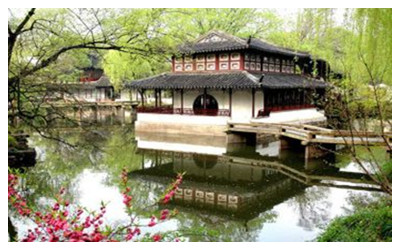 |
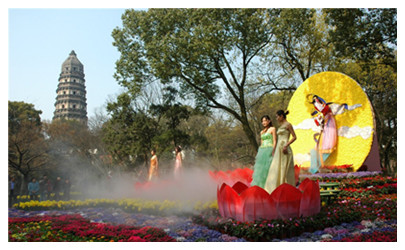 |
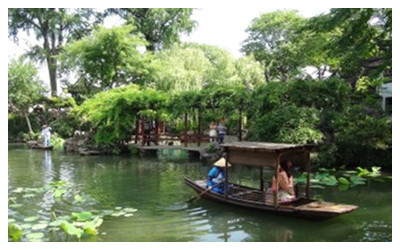 |
| Humble Administrator's Garden | Suzhou Tiger Hill | Suzhou Lingering Garden |
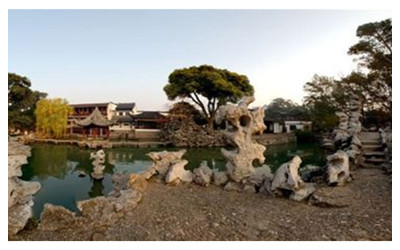 |
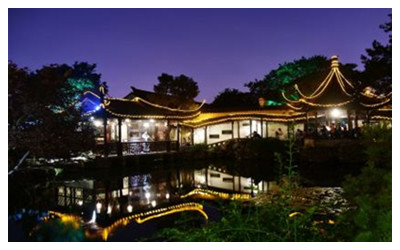 |
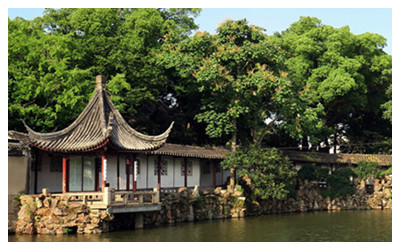 |
| Suzhou Lion Grove Garden | Master of Nets Garden | Canglangting Garden |
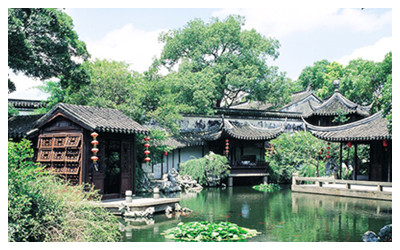 |
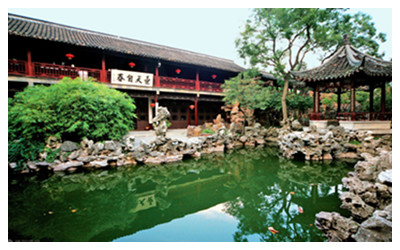 |
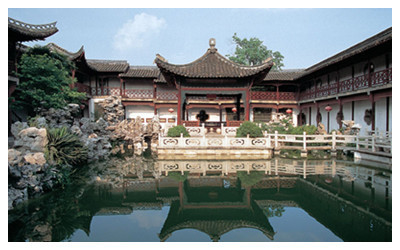 |
| Tuisi Garden | Geyuan Garden | Heyuan Garden |
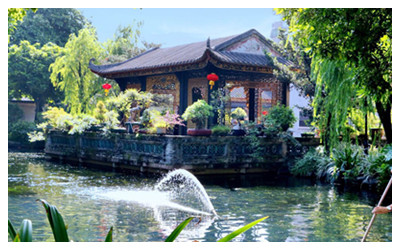 |
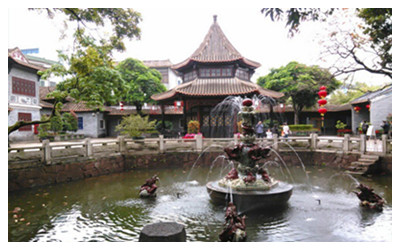 |
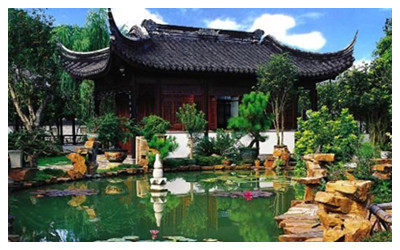 |
| Foshan Liangyuan Garden | Foshan Qinghui Garden | Zhongshan Zhanyuan Garden |
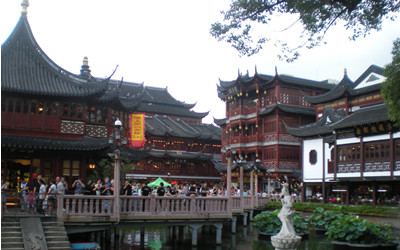 |
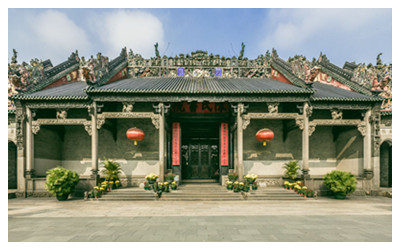 |
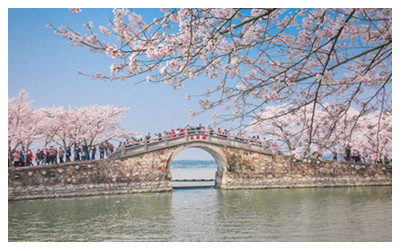 |
| Shanghai Yuyuan Garden | Chen Clan Ancestral Hall | Plum Garden |
Recommended Chinese Garden Tours
 Ask Questions ?
Ask Questions ?